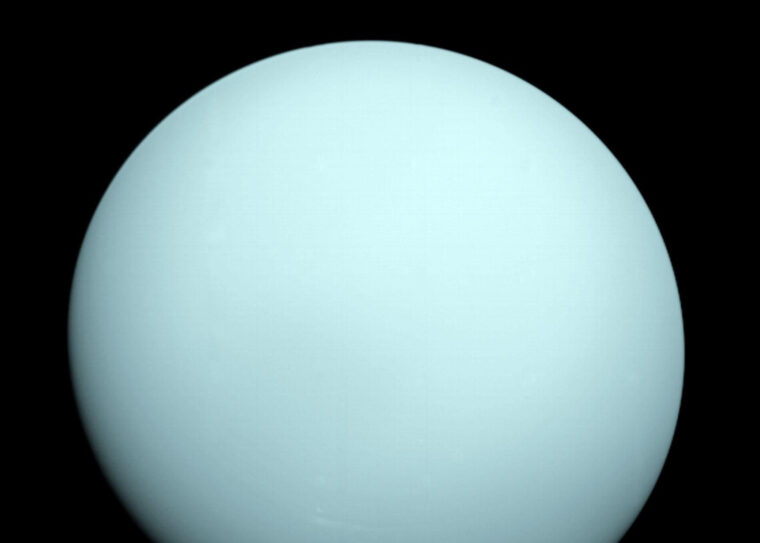
A new decadal survey from the National Academies of Sciences, Engineering, and Medicine identifies scientific priorities and opportunities and makes funding recommendations to maximize the advancement of planetary science, astrobiology and planetary defense in the next 10 years.

William B. McKinnon, professor of earth and planetary sciences, and Paul Byrne, associate professor of earth and planetary sciences, both in Arts & Sciences at Washington University in St. Louis, played important roles in developing the report, "Origins, Worlds, and Life: A Decadal Strategy for Planetary Science and Astrobiology 2023-2032." Both are fellows of the university's McDonnell Center for the Space Sciences.
McKinnon served on the overall steering committee, while Byrne was the chair of the panel on Venus. McKinnon and Byrne attended the in-person decadal survey launch event, held April 19 in Washington, D.C.

The next decade of planetary science and astrobiology holds tremendous promise, organizers said. New research will expand our understanding of our solar system's origins, how planets form and evolve, under what conditions life can survive and where to find potentially habitable environments in our solar system and beyond.






